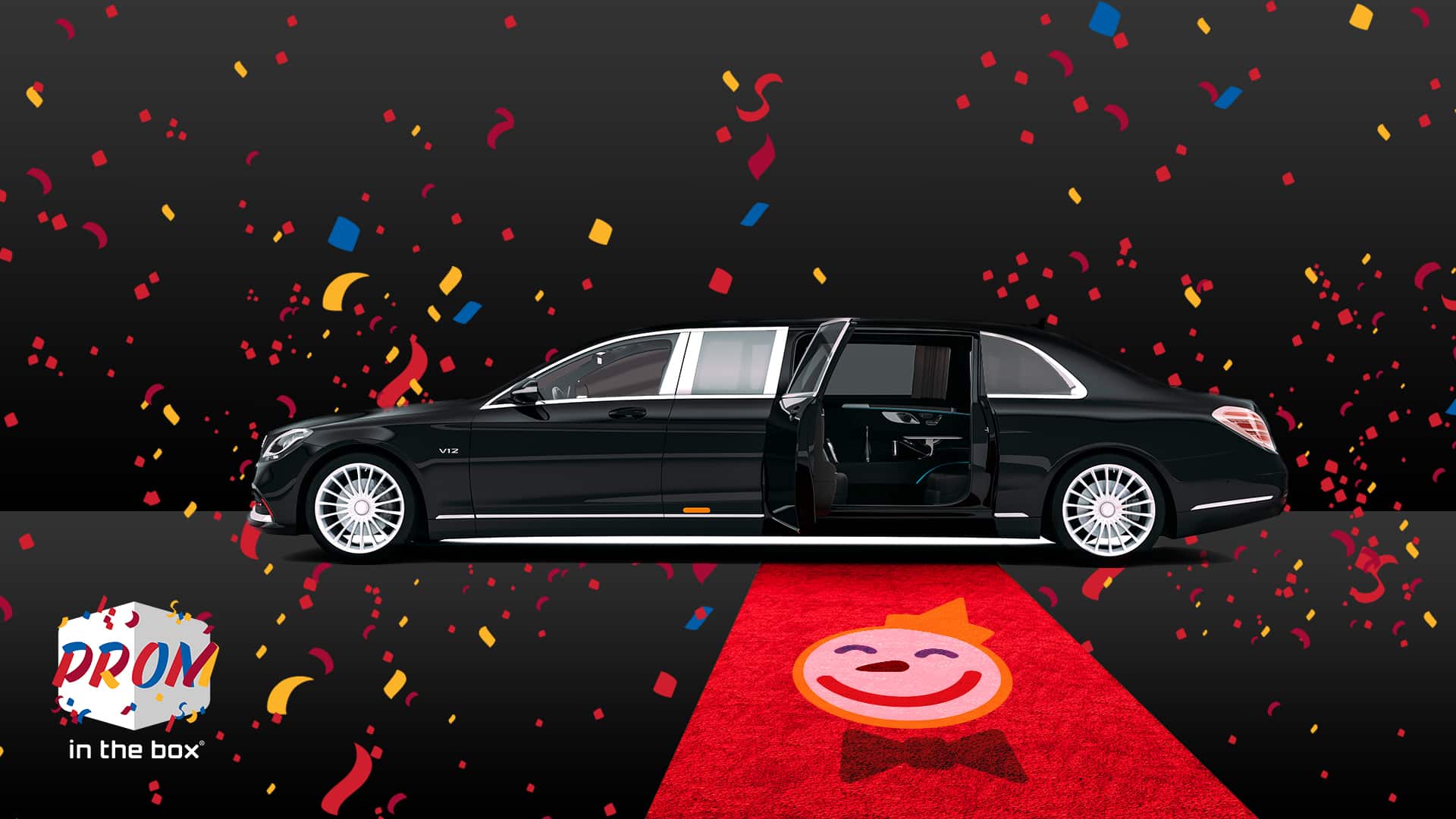For the last two-and-a-half decades, Jack in the Box has been known as much for its irreverent marketing as it has been its diverse menu of burgers, tacos, and munchies. Its iconic Jack mascot, introduced in the mid-’90s, set the tone for the brand as a fun, humorous source for affordable comfort foods.
But the coronavirus outbreak over the last two months has presented a challenge for brands that, like Jack in the Box, rely on edgy messaging to stand out from their competitors. How does a brand maintain its irreverent personality in such an uncertain and somber season?
Adrienne Ingoldt, Jack in the Box’s chief brand and experience officer, is tasked with answering that question.
“Embedded in our DNA is a brand that has always gone against convention and the norms,” she says, noting that the company’s mantra is “Hell Yeah.” And while Ingoldt says that mantra will remain, and that the company will continue to go against the grain, the messaging has been adapted to account for guests’ fears and uncertainties, as well as their new socially distant lifestyles.
The first thing Jack in the Box did in response to the pandemic was to evolve its messaging so that it demonstrated to guests exactly how the brand was protecting their health.
“Successful restaurant marketing has been centered on how we serve our guests when, where, and how they want to be served,” Ingoldt says. “That remains the case, but we’re all now super hyper-focused on keeping their safety and the safety of our employees our No. 1 priority.”
It also quickly pivoted to a marketing strategy that prioritized communicating to customers that Jack in the Box is open for drive thru, delivery, and carryout. While the brand previously relied on advertising in “real-world experiences” and “commuter-driven channels,” Ingoldt says, that has since shifted to more digital content and entertainment channels now that most people are staying home.
“We increased our streaming spend and social platform advertising. We decreased our spending on things like outdoor and traffic radio, and we continue to support gaming and platforms like Twitch because we’ve seen a rise there,” she says, referencing the popular video-game-streaming site. “It was really important for us to shift our marketing both in message and media placement to focus on telling our guests that we’re open, that we’re here to serve them through delivery, drive through, and the mobile app.”
The virtual experience piece was key, Ingoldt adds, because consumers want to feel a sense of normalcy, as well as regain community that disappeared along with social distancing. That required a “creative approach” and “incredible resourcefulness,” she says, since something as straightforward as filming a 30-second ad became impossible with stay-at-home orders.
The company quickly launched its #StayInTheBox social media campaign, which encouraged followers to stay at home by offering family meal bundles and free delivery. Then there were a variety of engagement tactics through the hashtag, particularly leaning into popular culture; Ingoldt points to some tweets the brand made around the buzz-worthy Nintendo game “Animal Crossing” as being particularly successful.
And on May 9, Jack in the Box hosted its #PromInTheBox, a taco-themed virtual prom designed to give high-school students an opportunity to celebrate the proms they’d missed. The hour-long event was hosted by YouTube star Jesse Wellens and featured DJs Diplo and Dillon Francis, as well as appearances by Renegade dance creator Jalaiah Harmon and rap duo Rae Sremmurd.
While the prom event was designed specifically for two Los Angeles–area high schools, it was streamed all over the world via Twitch and IG Live. The #PromInTheBox hashtag reached nearly 30 million impressions, while special Giphy stickers created for the event were viewed more than 12,300 times.
“We can communicate levels of lightness, as consumers are looking for joy, distraction, and even a little bit of hope in an authentic way,” Ingoldt says. “It’s still important to be relevant and avoid being tone deaf. And we need to balance our own brand tone and flair with that sense of seriousness and sensitivity, always reiterating that the health and safety of our guests are a top priority. But we can engage in some of the content that Jack is known for, and we’re doing it now in a way that’s very unique to the situation.”
The investment in engaging with fans in this season seems to be paying off. Jack in the Box reported that its Q2 comp sales were down 4.2 percent on account of COVID-19, but in the week leading up to May 8, comp sales were up 8 percent.
Ingoldt says the COVID-19 pandemic is teaching Jack in the Box leaders how to be more scrappy and creative with their marketing efforts, and that it’s reshaping how they will view the consumer experience moving forward.
“It’s a time now where we need to create really consistent and contemporary brand experiences for our guests, and in doing so, change the organization from thinking brand-out to consumer-in,” she says. “And this rule is responsible for the total relationship and total experience consumers have with the brand. That means being accountable to business performance and operational changes as we all navigate this new norm, and being able to stay nimble constantly—listening to what consumers want and adjusting has helped us navigate this new world.”
For more from Ingoldt on Jack in the Box’s evolved marketing strategy, stream the podcast above.

